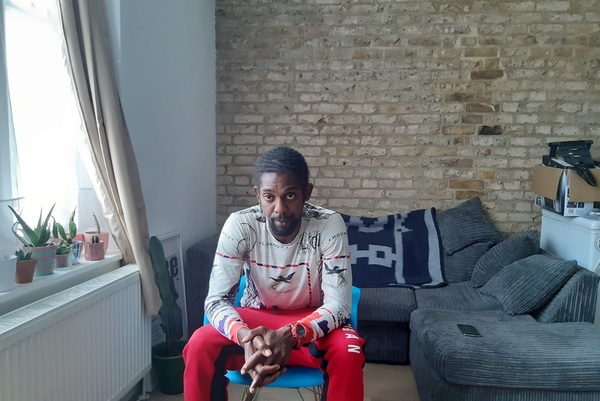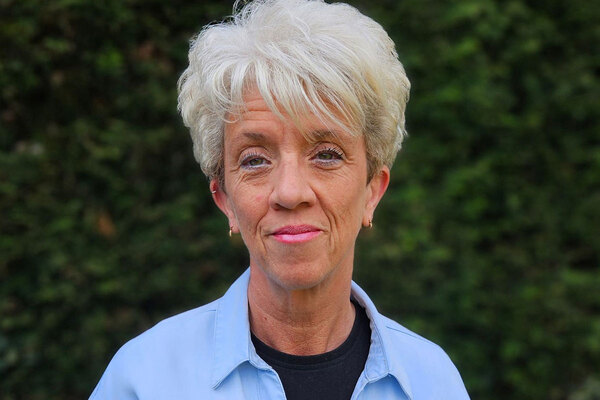Grenfell fire engineer did not raise cladding concerns despite being emailed drawings and specifications
The senior fire engineer advising on the Grenfell Tower refurbishment did not raise concerns about its dangerous cladding system, despite receiving emails including drawings of the system and a specification note.
Terry Ashton of Exova produced an outline fire strategy for the refurbishment in 2013 – before the materials to be used in the cladding system were finalised – which said that the proposals would have “no effect on the building in relation to external fire spread”. He added that this would be “confirmed in a future issue of the report”.
Exova’s lawyers have argued that the firm’s obligations effectively ended at this point, as a new contractor, Rydon, took charge of the work and decided not to continue paying them for advice, describing the continuing engagement as limited to a series of “ad hoc” emails.
But the inquiry heard today that Mr Ashton sent and received at least 40 emails about the project after this point.
He accepted that this led “some members of the design team to assume we were still on board” and that he never “disabused” them of this notion.
Among these emails were two key exchanges relating to the cladding system, during which Mr Ashton never raised any concern about the proposed materials.
Kate Grange, counsel to the inquiry, asked Mr Ashton: “Do you accept each time you were copied into an email represented a missed opportunity to give comprehensive guidance on the relevant building guidance [for cladding] and what it required?”
He replied: “I think it could be interpreted that way but as I’ve said on many occasions, the general gist of the inquiries were details rather than ‘this is a system we are thinking of using, what do you think’.”
In particular, he was asked about two email exchanges in relation to the cladding, one in September 2014 and one in March 2015.
The key email chains
September 2014
Neil Crawford, the architect working on the designs at this stage, emailed Mr Ashton asking for advice on the positioning of cavity barriers within the cladding system, along with line drawings of the proposed system. Mr Ashton responded to say that if combustible insulation was being proposed, cavity barriers would be required “as shown on your drawing”.
He accepted under cross-examination today, however, that he was that aware cavity barriers were required regardless of the combustibility of the insulation, and that combustible insulation was in fact banned for high rises unless supported by test evidence.
Asked why he did not communicate this to Mr Crawford, he said: “I didn’t think that was my job at this stage in the process… If this issue had come up when I was a fully paid-up member of the design team then all of these things would be discussed in much more detail. I’m being asked to comment on things when we had left the design team and on bites of information, not the full picture.”
Mr Crawford then responded to Mr Ashton’s email, saying that the insulation was ‘Class 0’ rated – attaching a data sheet describing it – and asking Mr Ashton to confirm if it was “acceptable”.
Mr Ashton said he had not opened the attachment to view the email, and again insisted that he did not need to provide detailed advice because he was not part of the formal design team.
He also denied an allegation made in Mr Crawford’s testimony that the pair had exchanged a telephone conversation around this time where he had “fairly emphatically” indicated that the materials complied with the regulations. Mr Ashton flatly denied that such a conversation had taken place.
March 2015
Mr Ashton’s next major involvement came amid a debate between the design team and the council’s building control inspector over whether the cladding system required fire barriers offering two-hour or 90-minute protection.
These emails included a specification note describing the cladding panels as “aluminium composite material” and a reference to “rainscreen aluminium cassettes”. He said the switch from zinc, as originally proposed, “did not register”.
Asked by Mr Crawford why the issue of cavity barriers had not been addressed in the fire strategy he had written, Mr Ashton replied that it “isn’t something that would necessarily form part of the fire strategy”, adding that “it’s difficult to see how a fire stop would stay in place in the event of a fire where external flaming occurred as this would cause the zinc cladding to fail”.
When Ms Grange asked why he did not revise his fire strategy at this point and “advise Studio E that they needed full and proper advice concerning the risk posed by the overcladding”, he explained that he believed the risk was only cladding falling off, not spreading up the tower, and that this was normal.
Asked why he did not raise the issue of the incomplete advice in the fire strategy, he said: “I was more focused on the specific question in the email, which wasn’t to do with the external wall construction, it was to do with components of it.”
Ms Grange said that Mr Ashton sent or responded to 90 emails after effectively leaving the project in 2014 – although Exova’s lawyers contested that the correct number was 40.
Asked why he had continued replying to questions when he was not formally engaged in the project, he explained that it was to avoid being seen as unhelpful by clients.
Sir Martin Moore-Bick, the judge who chairs the inquiry, asked him: “If you’re asked a question on an ad hoc basis, so you’re not part of the design team but for commercial reasons you are willing to respond to questions, is there any reason why you shouldn’t be expected to respond in a fully professional manner?”
Mr Ashton replied: “No. No, there isn’t a reason why we shouldn’t do that.”
Billing details read to the inquiry revealed that Exova ultimately invoiced for less than 75% of the £5,300 fee it had quoted for its anticipated work on the latter stages of the project.
Asked about these figures, which resulted from him spending less time on it than expected, Mr Ashton said: “Clearly we’ve underspent by a significant amount of money. Now, that is a reflection of the lack of discussion on some of the key structural elements of the building, including the cladding.”
Under questioning, it also emerged that he did not take into consideration the presence of a number of residents with mobility issues in writing his fire strategy.
Ms Grange said there were 22 residents with mobility issues living above the 10th floor of the tower, and asked him if he would have written his strategy differently if he had been aware of this, to which he replied “no”.
Update: at 9.15pm, 9.7.2020
An earlier version of this story said that Mr Ashton replied to more than 40 emails. This was in fact the total number of emails sent and received by him.
Sign up for our weekly Grenfell Inquiry newsletter
Each week we send out a newsletter rounding up the key news from the Grenfell Inquiry, along with the headlines from the week
Already have an account? Click here to manage your newsletters











